The Ignatian Way ends in Manresa, where the saint had mystical experiences.Saint Ignatius of Loyola, the founder of the Society of Jesus (the Jesuits), is very well-known around the world. However, one of the most emblematic events of his life took place in the Catalonian city of Manresa in northeastern Spain. As the cradle of the Jesuit order, it is now the destination of what is now being promoted as the “Ignatian Way”—the path traveled by St. Ignatius from the city of Loyola (in north-central Spain) to Manresa.
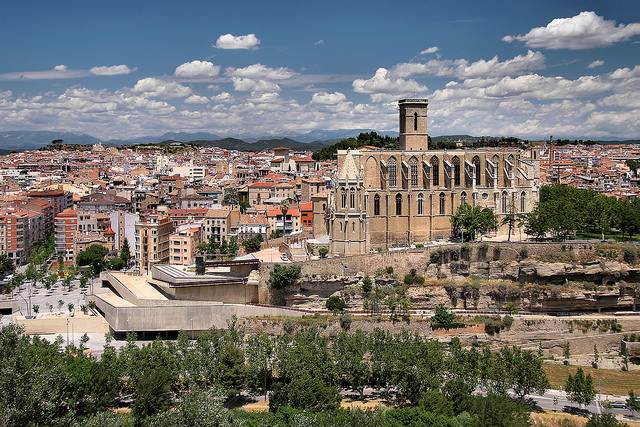
In this city, not far from the famous Benedictine monastery of Montserrat (also important in the saint’s life), Ignatius discovered his religious vocation and turned his attention to poverty. This is also where he began to write the Spiritual Exercises (1522), his famous work describing the content and methodology for a month-long retreat aimed at helping people have a life-changing conversion experience.
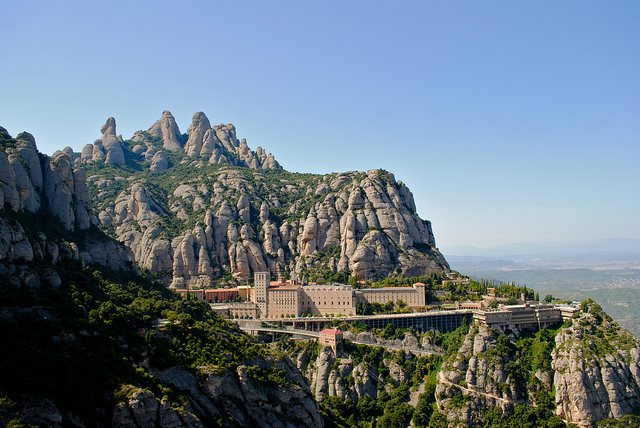
Manresa has Ignatian tours of the city, which end at one of the most impressive sites: the famous “Cave.” Where originally there was nothing more than a natural cave where St. Ignatius spent time in prayer, a massive Spirituality Center arose in the 17th and 18th centuries, encompassing the site. Today, it is a shrine and Spirituality Center.
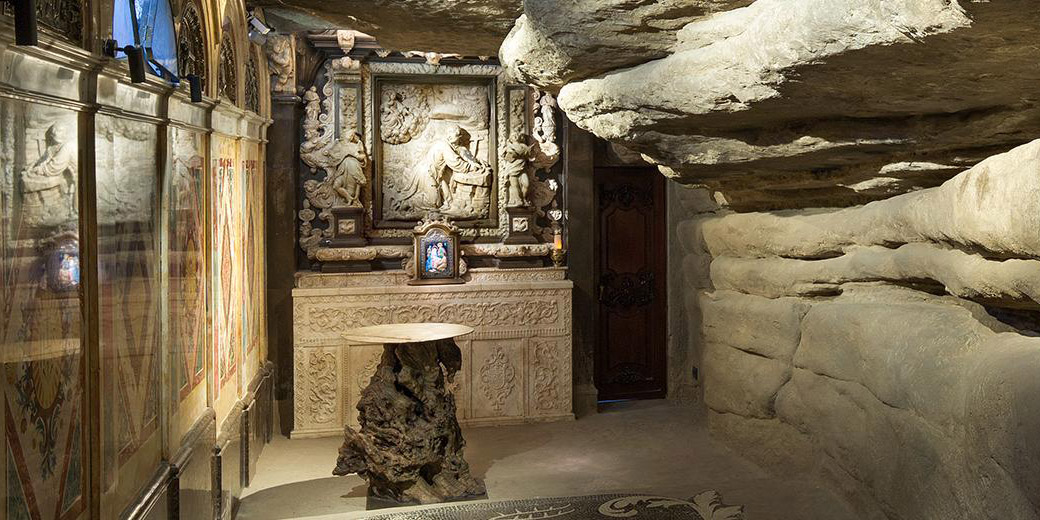
Ignatius of Loyola lived in Manresa for 11 months, from March of 1522 to February of 1523. The experiences he had in this city helped him to consolidate his spiritual journey, begun in Loyola when he decided to abandon military life to dedicate himself to meditation.
According to his autobiography, he had mystical experiences and “spiritual raptures” in Manresa, which were key in the writing of his most influential work, a classic of universal Christian literature, his Spiritual Exercises.
The Ignatian sites in Manresa include the “Ante-Cave” (which leads into the Cave itself), decorated with mosaics, stucco ornamentation, and richly decorated stained glass windows. The cave is presided over by an alabaster altarpiece by Joan Grau, a 17th-century baroque sculptor.
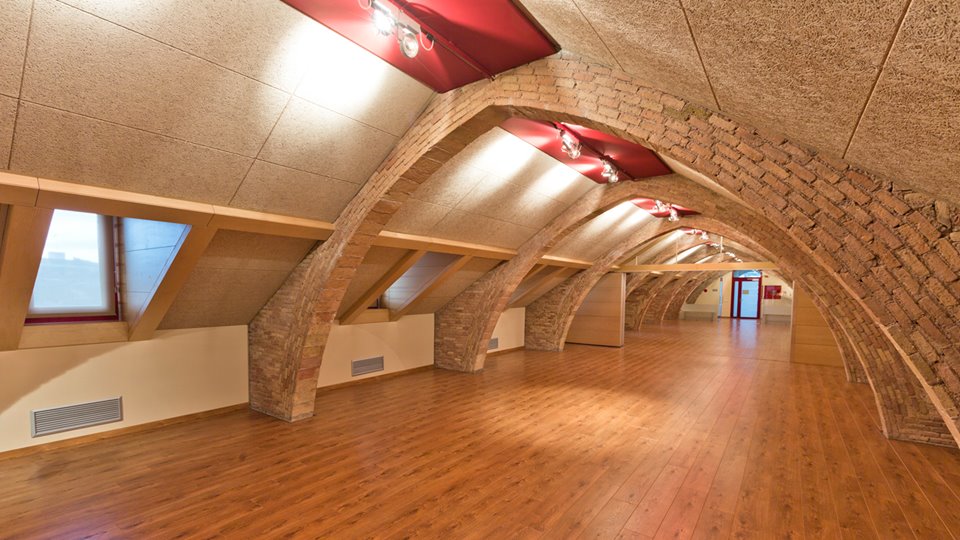
The Spirituality Center is a colossal neoclassical building that welcomes pilgrims from around the world who want to do the Spiritual Exercises at the place where they were created. There is also a Jesuit community at the center.
However, the city of Manresa also contains some more obscure locations, such as the “Chapel of Saint Ignatius the Sick.” The Amigant family welcomed the saint into their house on various occasions, and in this chapel there is an oil painting depicting the family taking care of St. Ignatius when he was sick.
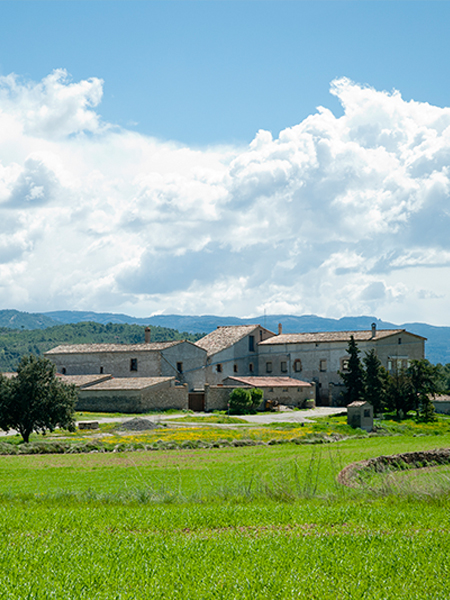
Another curiosity is the so-called “Farm House of Les Marcetes,” a house where St. Ignatius used to beg for alms, and where he left a piece of his rope cilice before leaving Manresa.
Nearby is the Shrine of Our Lady of Health (in Viladordis), a place where Ignatius of Loyola often went at night to pray.
Another place often visited along this Ignatian Way is the “Hermitage of the Guide,” the place where Ignatius arrived in Manresa, and where he had a vision that led him to the cave.
The year 2022 will be the 500th anniversary of St. Ignatius of Loyola’s arrival in the city; Manresa will celebrate a Jubilee Year on that occasion.

Read more:
Try this meditation from St. Ignatius to go deeper in Christmas prayer

Read more:
4 Ways St. Ignatius can help you grow in emotional intelligence








